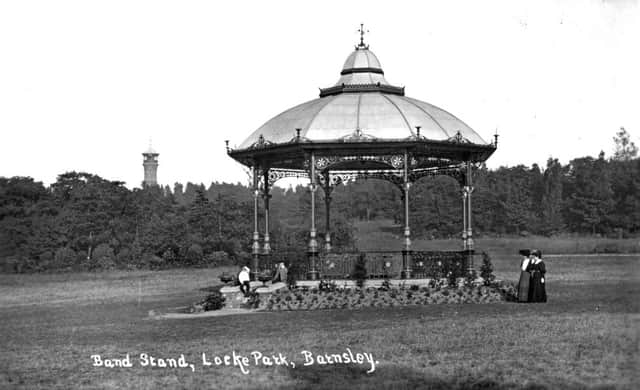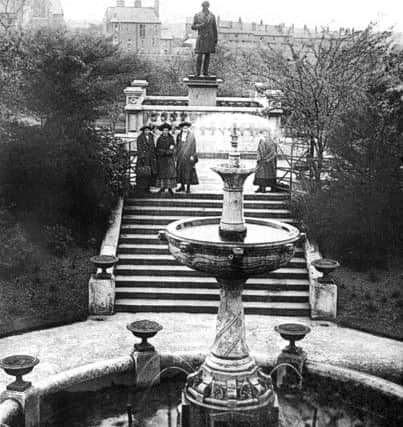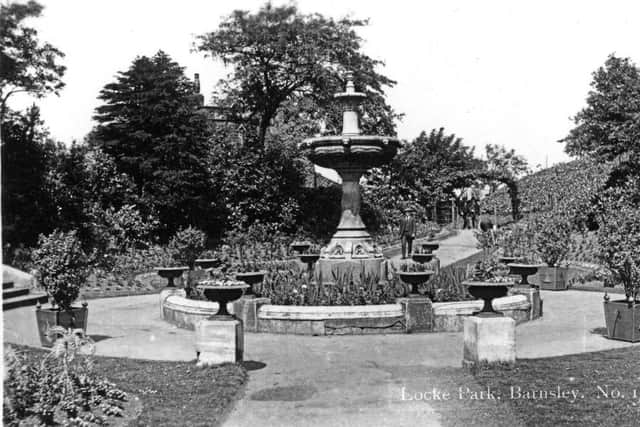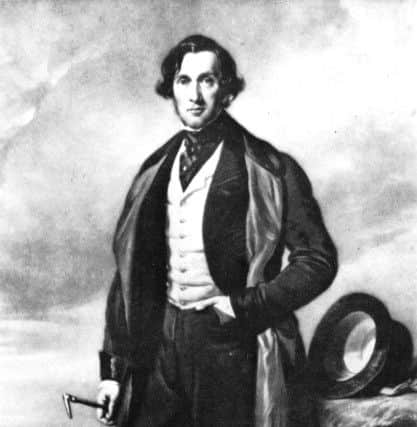Life and times of the man who inspired Barnsley’s Locke Park


Born in Attercliffe, Sheffield, on August 9 1805, Locke was the sixth of seven children. His father, William, was a colliery agent and this position took the family to Barnsley in 1810. Here, Locke attended Barnsley Grammar School, but left aged 13. After working in the Durham coalfield for a time, Locke returned to Barnsley where he made the acquaintance of his father’s old friend George Stephenson. An arrangement was made for the young man to be apprenticed to the distinguished engineer.
The first major project that Stephenson and Locke were involved with was the Liverpool and Manchester Railway. The former had surveyed the line in 1824, but after the Bill was rejected by parliament he was forced from the scheme. However, Stephenson and Locke returned to the L &M R in 1826 and had the line completed in 1830.
Advertisement
Hide AdAdvertisement
Hide AdStephenson and Locke were also employed by the Grand Junction Railway to appraise and engineer the company’s line from the L &M R route at Newton-le-Willows to Wolverhampton and Birmingham. The two men initially split the task, but Stephenson soon left his role and Locke became the driving force behind the works, which were completed in 1837. Meanwhile, in 1834 Locke married Phoebe McCreery and the couple later adopted a child.


During the mid-1830s Locke was engaged to plan a line from Lancaster to Carlisle. His route over the difficult terrain of the Lake District and Shap summit was selected over that submitted by his former mentor.
Locke was involved in a similar project at this time in the form of the Sheffield, Ashton-under-Lyne and Manchester Railway line across the Pennines. This would feature Woodhead tunnel, which was the longest railway tunnel in the world. Charles Vignoles was appointed at the route’s engineer at first, but he resigned in 1839 and the project came under the supervision of Locke from 1840.
The first train passed through Woodhead on December 22 1845 and the time taken was just over 10 minutes. Three cheers were given by the passengers upon the emergence of the train from the tunnel as there had been some trepidation prior to this as to whether the train would come out on the other side unscathed.
Advertisement
Hide AdAdvertisement
Hide AdIn addition to producing lines in Scotland and the south of England, Locke was employed on the continent, particularly in France with lines built from Paris to Rouen and Lyons as well as Caen to Cherbourg. For his work, Locke was made an officer of the Legion of Honour by Napoleon III.


Locke died on September 18 1860 and was survived by his wife, who bought an area of land in Barnsley for the benefit of the town’s inhabitants as part of her husband’s final wishes. Barnsley Grammar School also received £3,000 for the provision of 10 Locke scholarships.
The land that would form Locke Park was on the south western edge of the town. It was known as High Style Field and was bought by Phoebe Locke from the Duke of Leeds in 1861 for almost £2,000; a fund was also provided for the upkeep of the area.
The park initially consisted of 17 acres and was styled, under the supervision of Locke’s engineering partner John Edward Errington, with high stone walls and entrance lodge. A great event was made of the opening on June 10 1862.
Advertisement
Hide AdAdvertisement
Hide AdThe bronze of Joseph Locke by Carlo Marochetti was not installed for this occasion and was a later addition to the park. The original intention had been to display the piece in St Margaret’s Garden, Westminster, alongside a statue of his contemporary Isambard Kingdom Brunel. Permission for this was not granted and the bronze, which was commissioned by the Institution of Civil Engineers, of which Locke was president from 1857 to 1859, was placed in Locke Park.


The statue was unveiled by Lord Alfred Paget on January 10 1866 amidst much pageantry.
The President of the Institution of Civil Engineers, John Fowler, addressed the gathering, commenting: ‘[Locke’s] far-seeing and strong common sense, his comprehensive grasp of all the bearings of a question were so powerful that the capitalists of Lancashire, of London, and ultimately of France and the continent of Europe, placed faith in his judgement...I hope, as a Yorkshireman myself, that his example and success will stimulate the young men of Yorkshire to similar efforts for the good of mankind.”